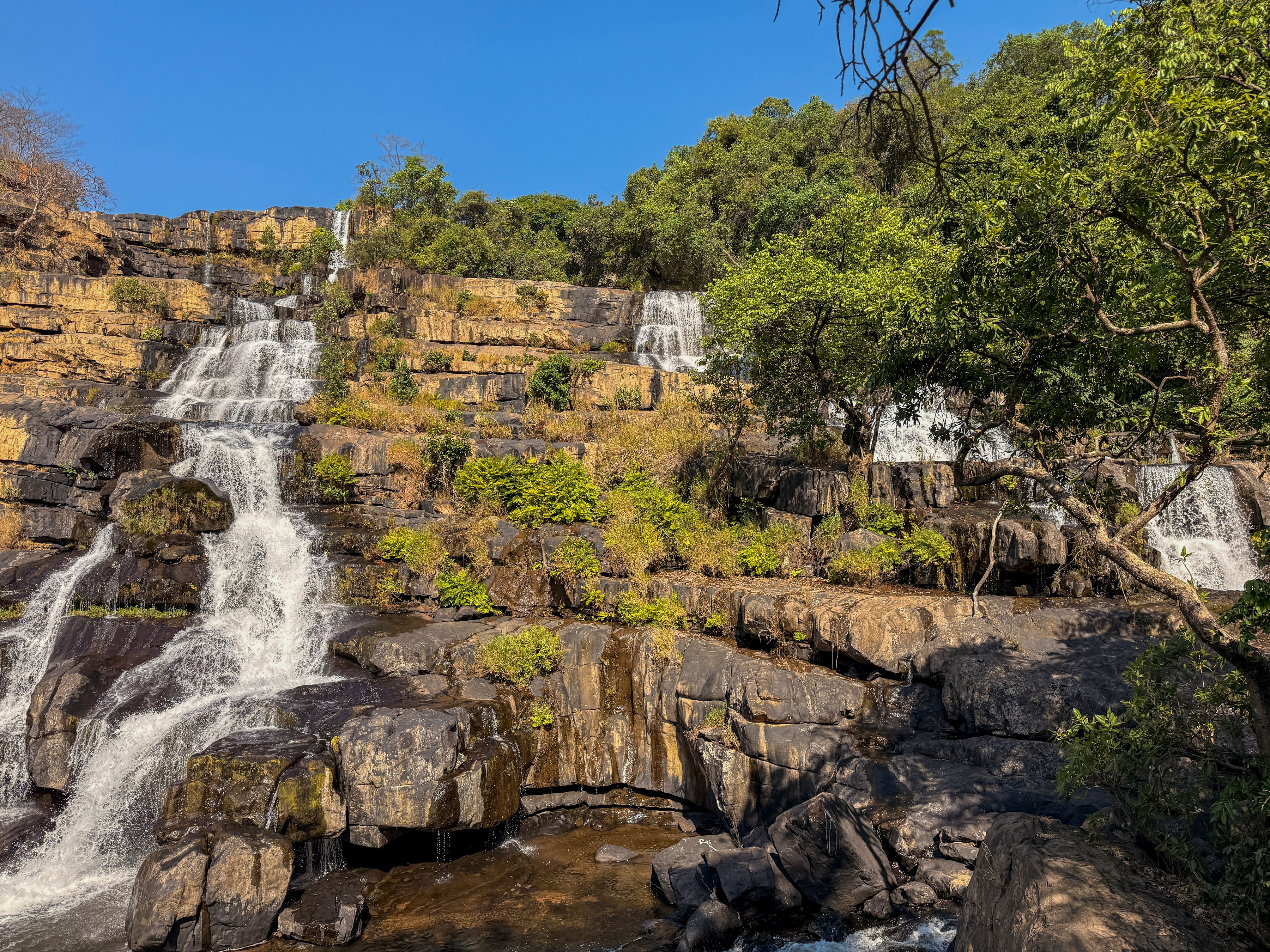
National Parks of Tanzania
Wildlife Havens & Natural Wonders
Explore Tanzania's incredible network of national parks, each offering unique wildlife experiences and breathtaking landscapes.
Tanzania's National Parks Network
Tanzania is home to some of Africa's most spectacular national parks, each offering unique ecosystems, incredible wildlife viewing opportunities, and unforgettable experiences. From the endless plains of the Serengeti to the volcanic crater of Ngorongoro, our national parks showcase the incredible biodiversity and natural beauty of Tanzania.
17 National Parks
Protected areas covering diverse ecosystems
Biodiversity Hotspots
Home to incredible wildlife diversity
UNESCO Sites
World Heritage conservation areas
Safari Paradise
Ultimate wildlife viewing destinations
Interactive Map of Tanzania's National Parks
Explore our interactive map to discover the locations and features of Tanzania's national parks. Click on the markers to learn more about each park.
Loading map...
Locations (17)
Map Legend
Tanzania's National Parks by Circuit
Explore Tanzania's incredible network of national parks, organized by geographical circuits for easier planning and discovery.
Northern Circuit
Home to the world-famous Serengeti and Ngorongoro Crater
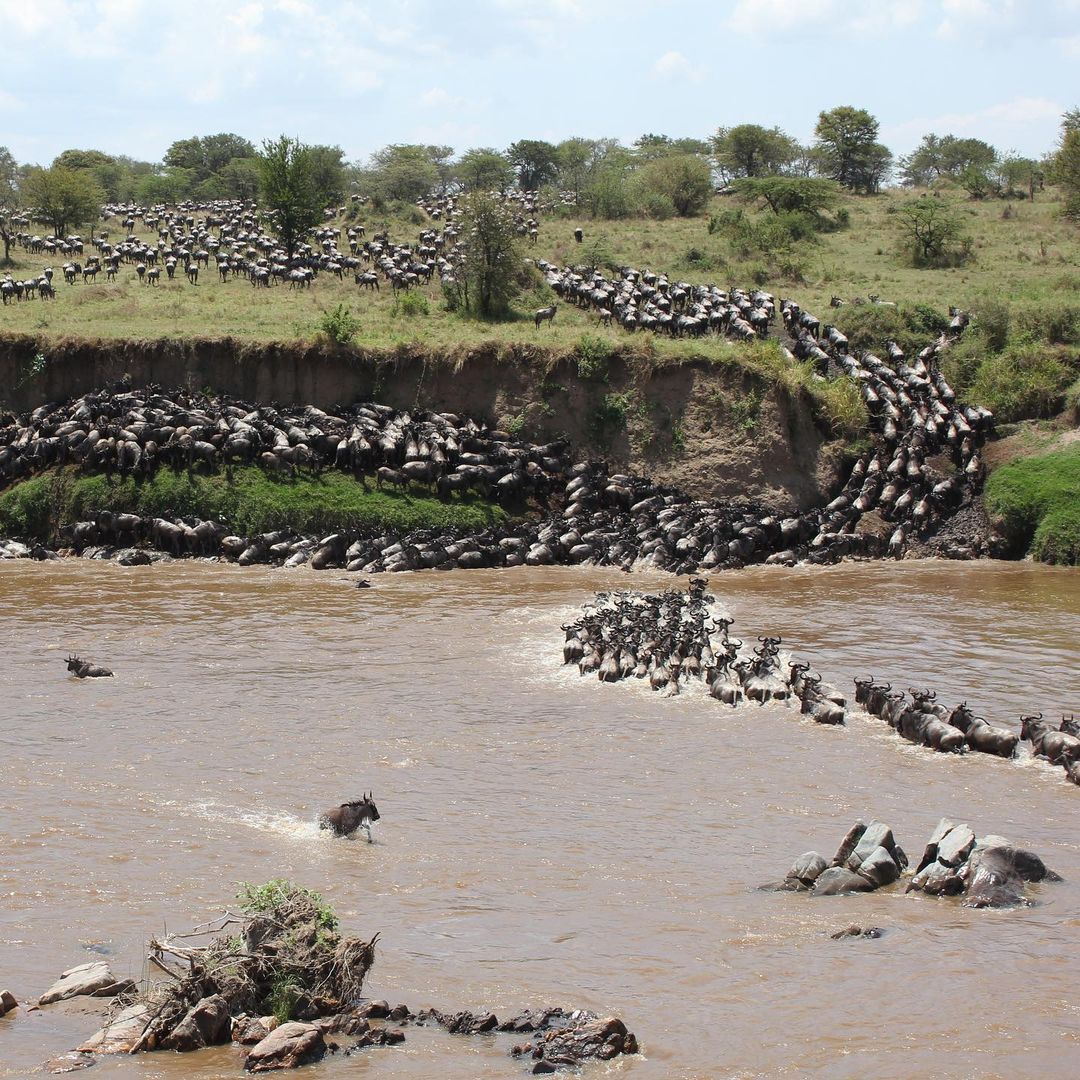
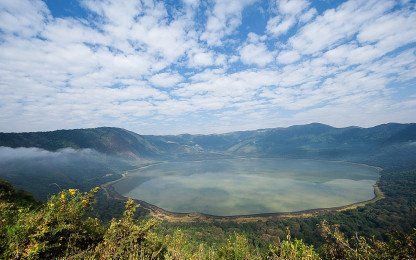
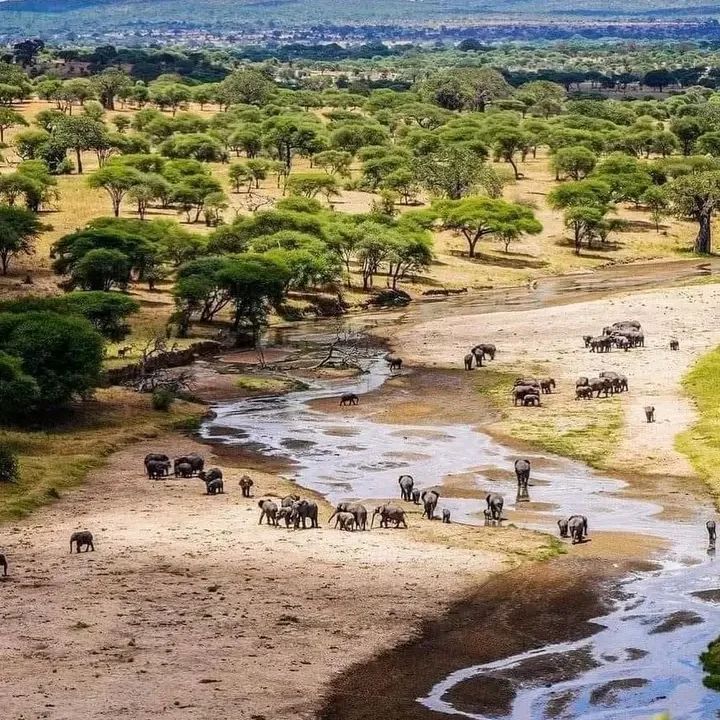
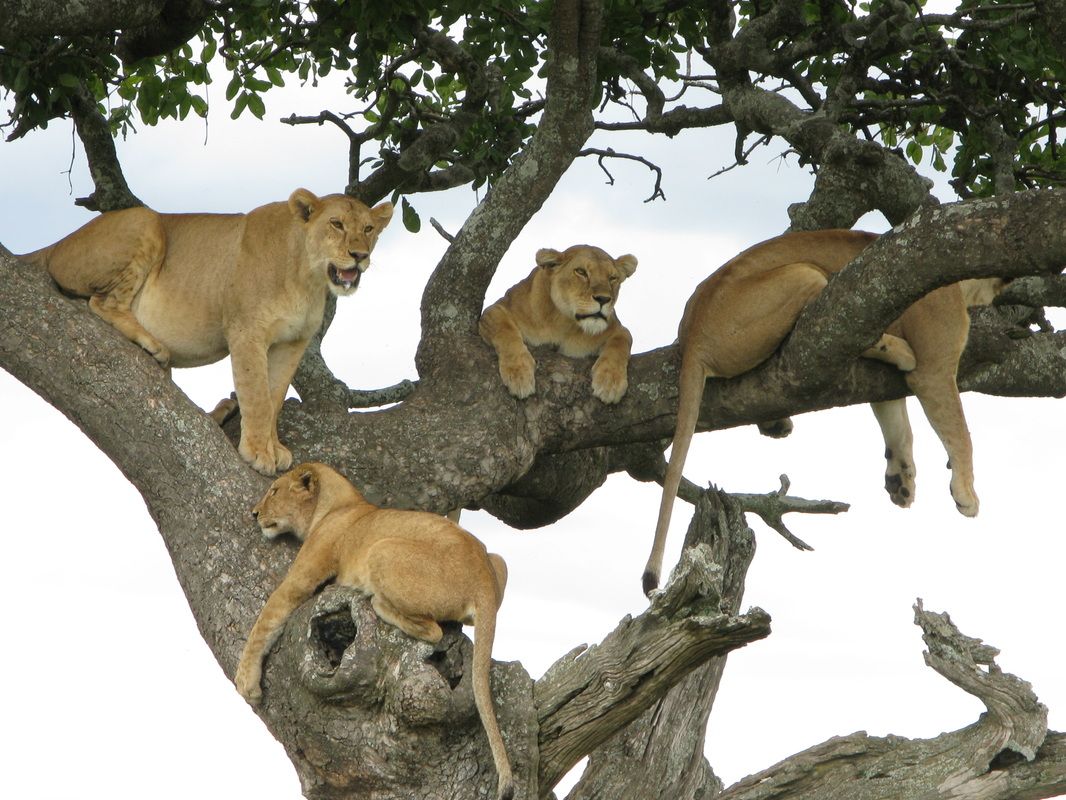
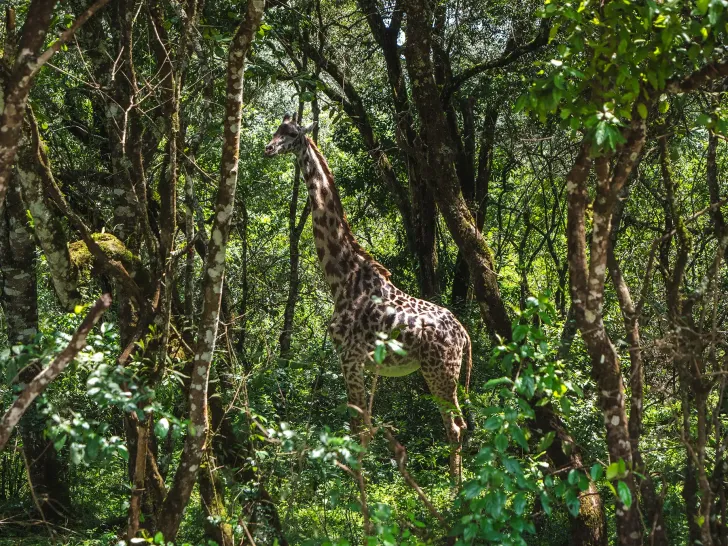
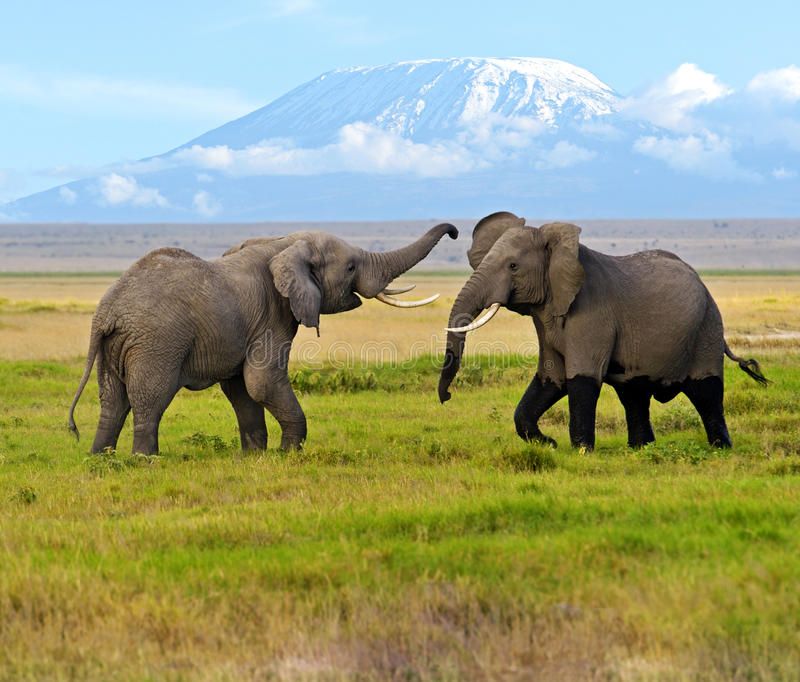
Southern Circuit
Remote wilderness areas and Tanzania's largest national park
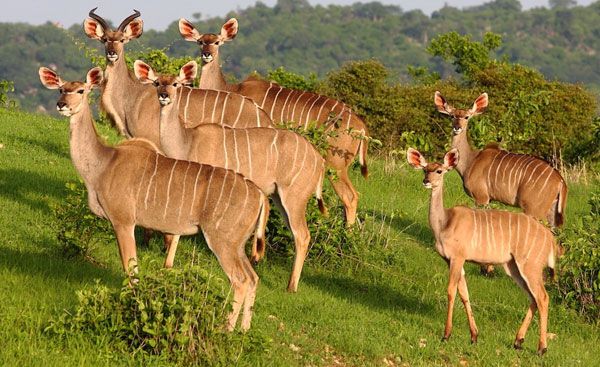
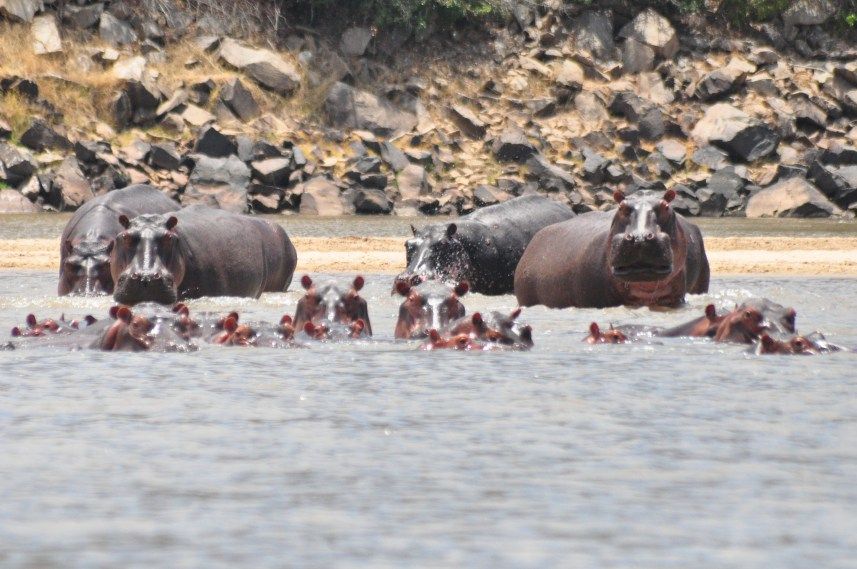
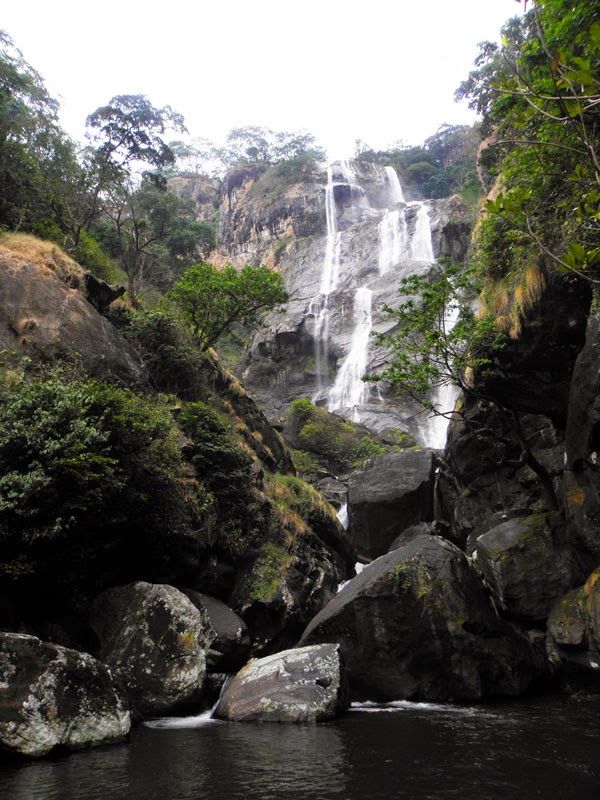
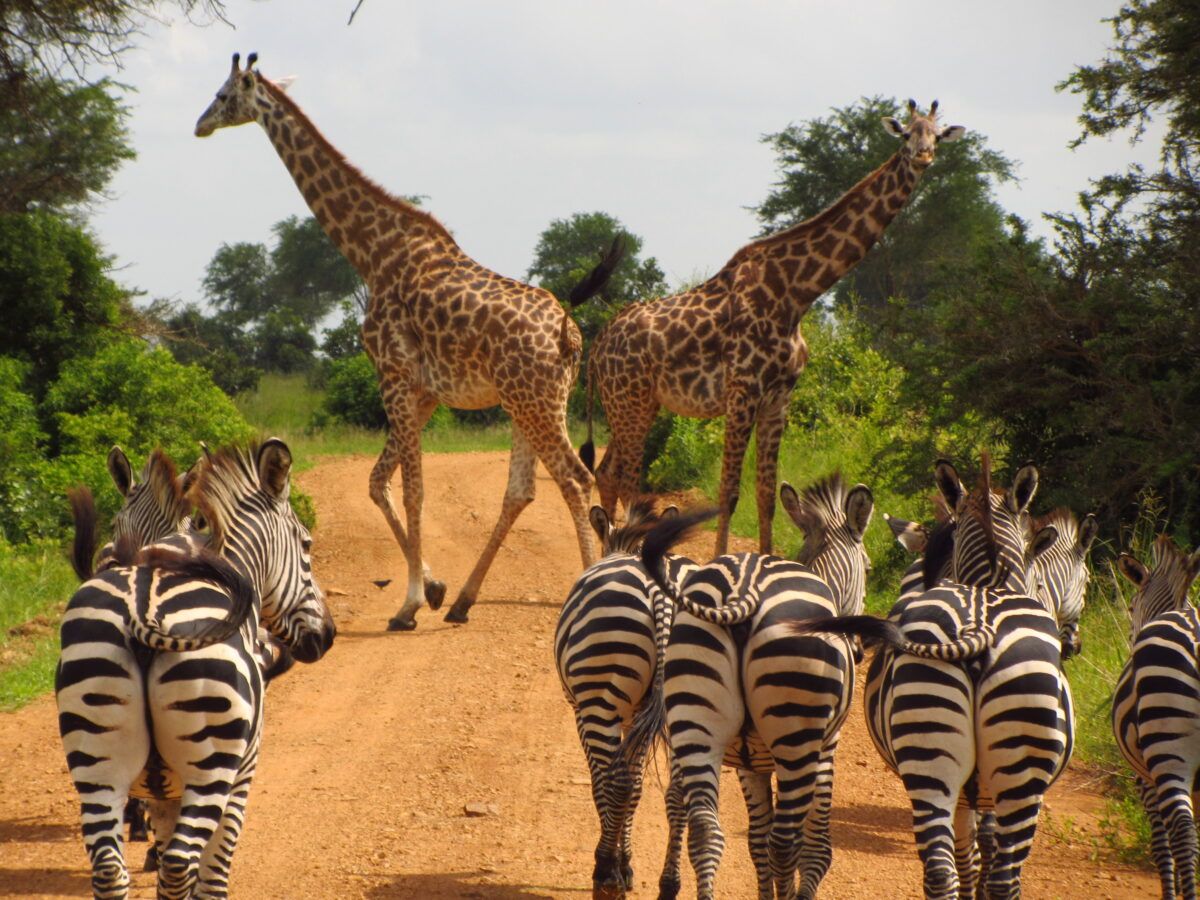
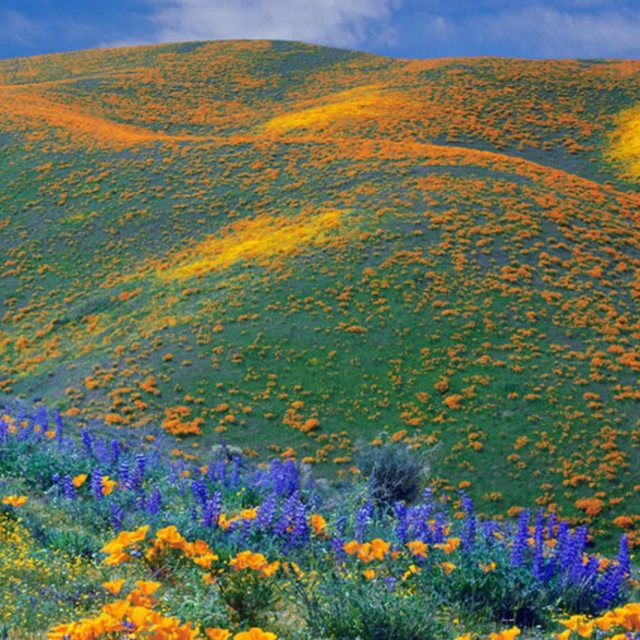
Western Circuit
Chimpanzee sanctuaries and pristine Lake Tanganyika wilderness
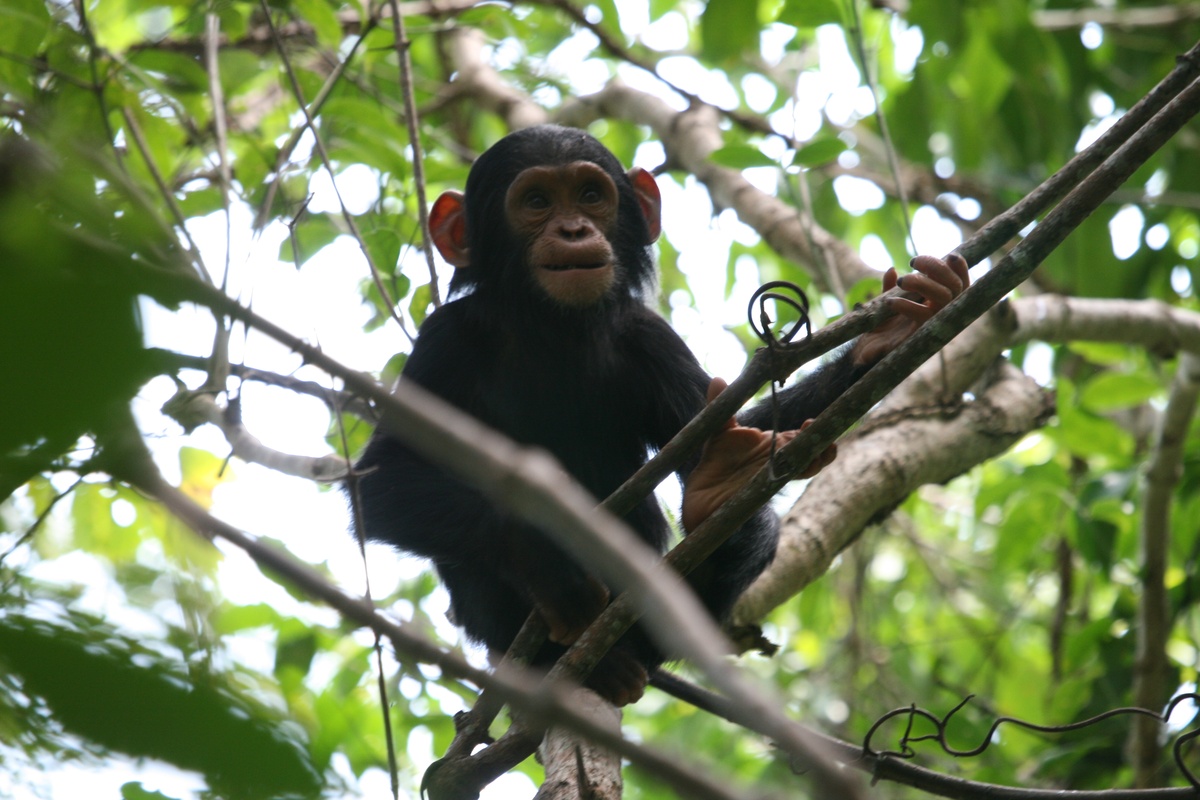
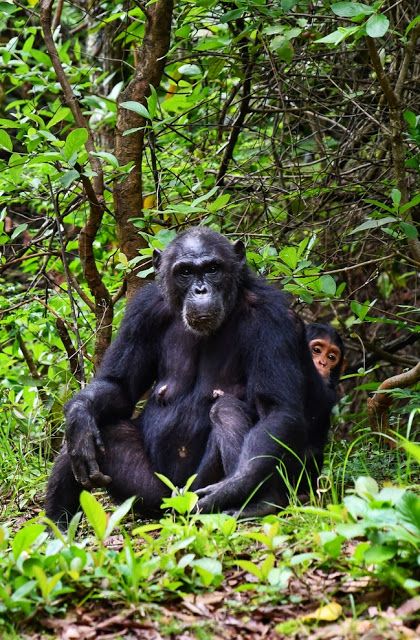
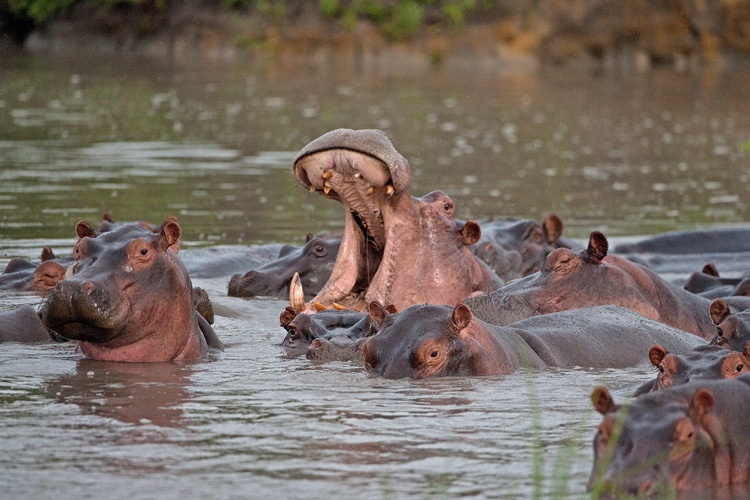
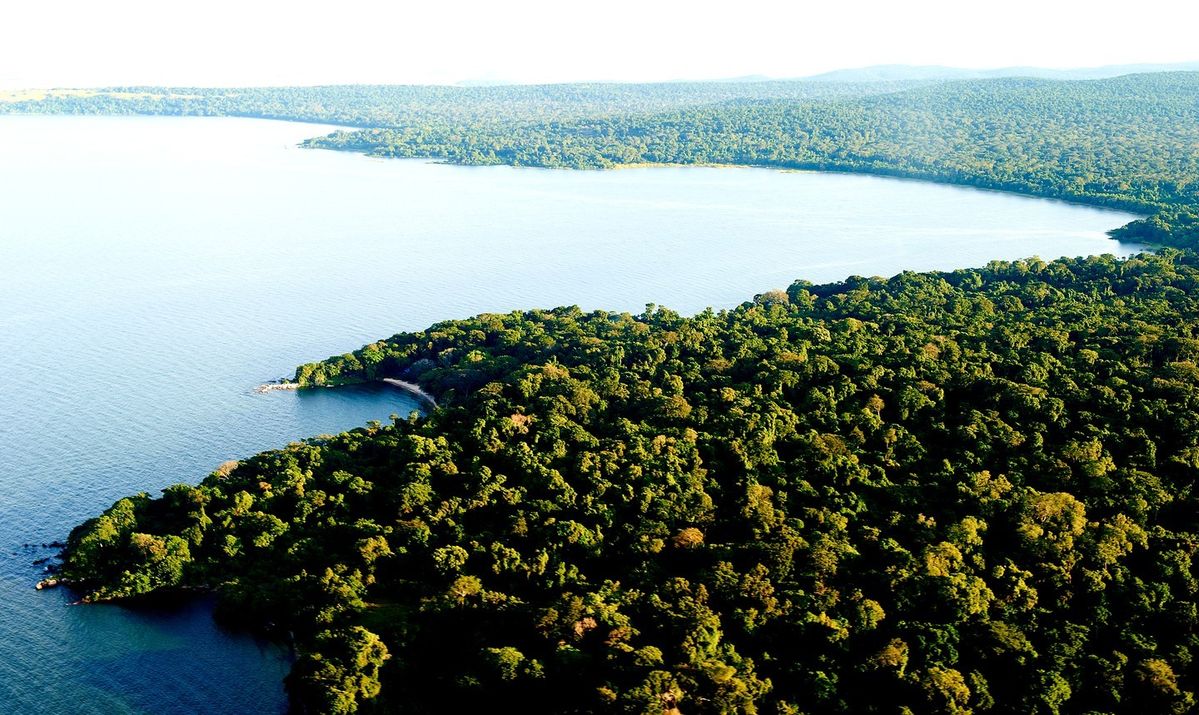
Eastern Circuit
Coastal parks and border wilderness areas
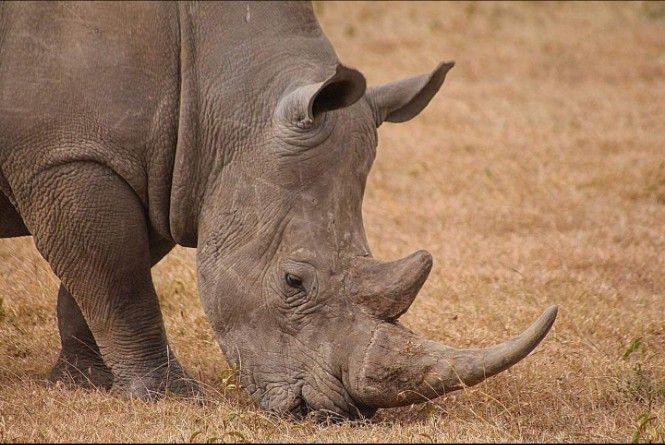
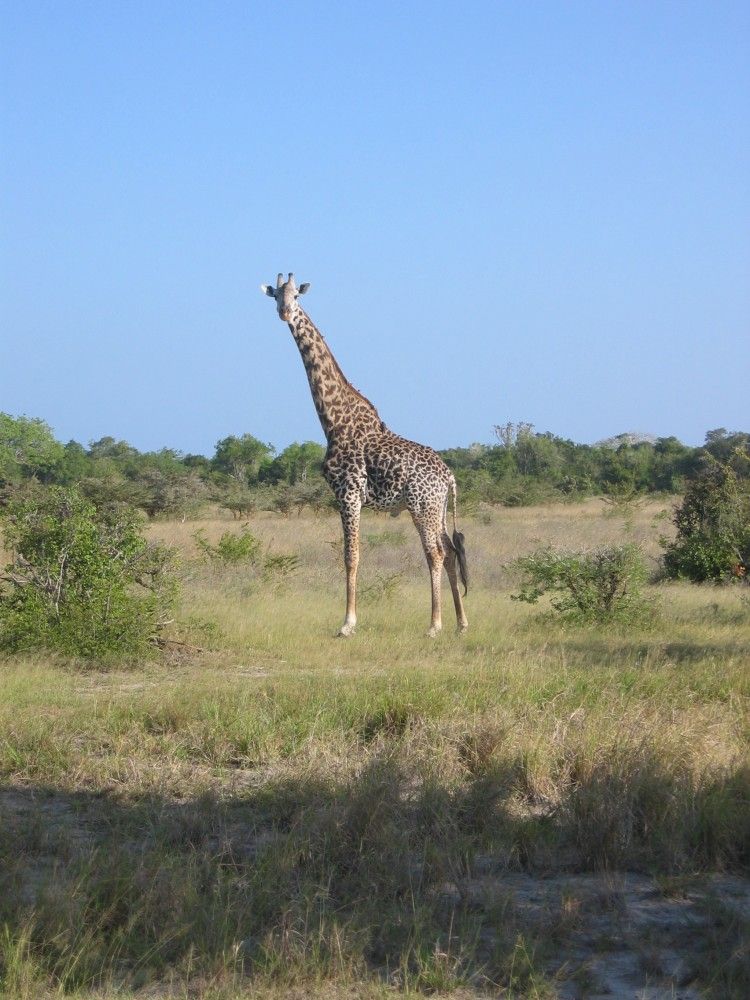
Conservation & Sustainability
Protected Areas
Over 40% of Tanzania's land is protected, ensuring wildlife habitats are preserved for future generations.
Community Involvement
Local communities benefit from conservation through employment and sustainable tourism initiatives.
Research & Monitoring
Ongoing wildlife research and monitoring programs help protect endangered species and habitats.
Sustainable Tourism
Eco-friendly tourism practices ensure that wildlife viewing doesn't harm the environment.
Discover Tanzania's National Parks
Experience the incredible wildlife and natural beauty of Tanzania's national parks with our expert-guided safaris.
